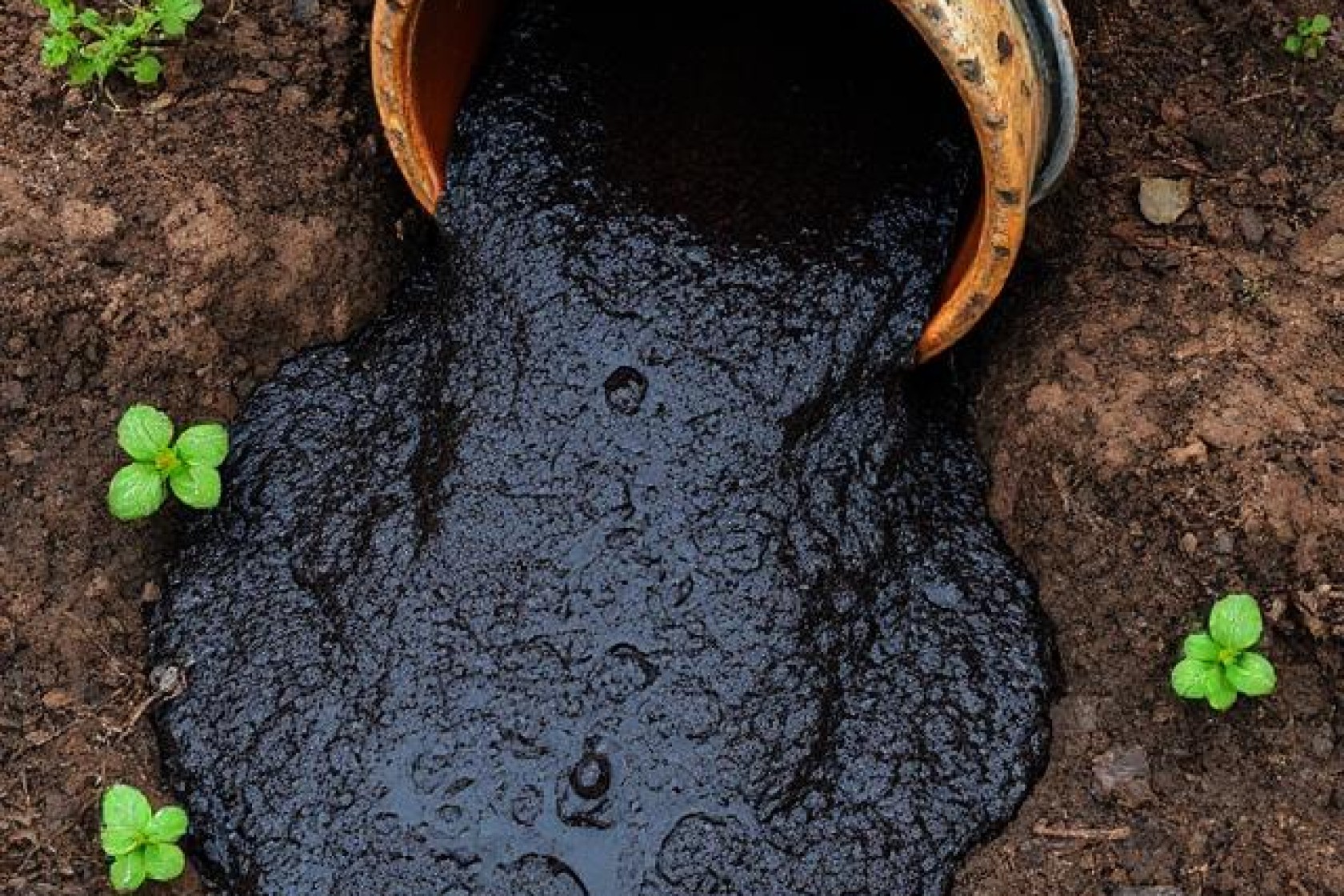A review of properties, occurrence, fate, and transportation mechanisms of contaminants of emerging concern in sewage sludge, biosolids, and soils: recent advances and future trends
From pharmaceuticals to rubber antioxidants, emerging contaminants are everywhere. This comprehensive review dives into over than 400 contaminants detected in sewage sludge, biosolids and soils. Discover the auhtors’ valuable insights into their complexity, environmental fate and the urgent need for smarter detection and regulation

Emerging contaminants in our environment present a growing concern as their prevalence continues to rise. This comprehensive review sheds light on 419 different types of contaminants detected in sewage sludge, biosolids, soils, and dust. Among these are commonly encountered substances such as pharmaceuticals and personal care products, alongside specialized compounds like rubber antioxidants, bisphenols, and neonicotinoid insecticides. These pollutants are not only diverse but often also persistent, posing challenges for environmental management.
To address these challenges, advanced analytical techniques such as matrix-assisted laser desorption/ionization mass spectrometry imaging (MALDI-MSI) have proven invaluable. These methods enable researchers to detect and map the presence of contaminants in complex environmental samples with greater precision. Despite these advancements, significant knowledge gaps remain, particularly concerning the interactions between various contaminants and their long-term effects on soil and water systems.
Looking forward, the authors of this review emphasize the critical need for further research into the degradation byproducts of these contaminants. They advocate for the development of even more sensitive detection methods to enhance monitoring capabilities. Additionally, smarter waste treatment strategies and targeted regulations are essential to mitigate the spread of these pollutants, ensuring that the reuse of biosolids remains both sustainable and safe.
This review provides an in-depth analysis of the environmental impact of emerging contaminants and underscores the importance of continuous vigilance and regulation. Whether one is involved in crafting environmental policies or is simply interested in understanding the hidden dangers around us, “A review of properties, occurrence, fate, and transportation mechanisms of contaminants of emerging concern in sewage sludge, biosolids, and soils: recent advances and future trends” by Habimana et al. offers valuable insights into the complexities of emerging contaminants and their implications for environmental health.
Share this post!





